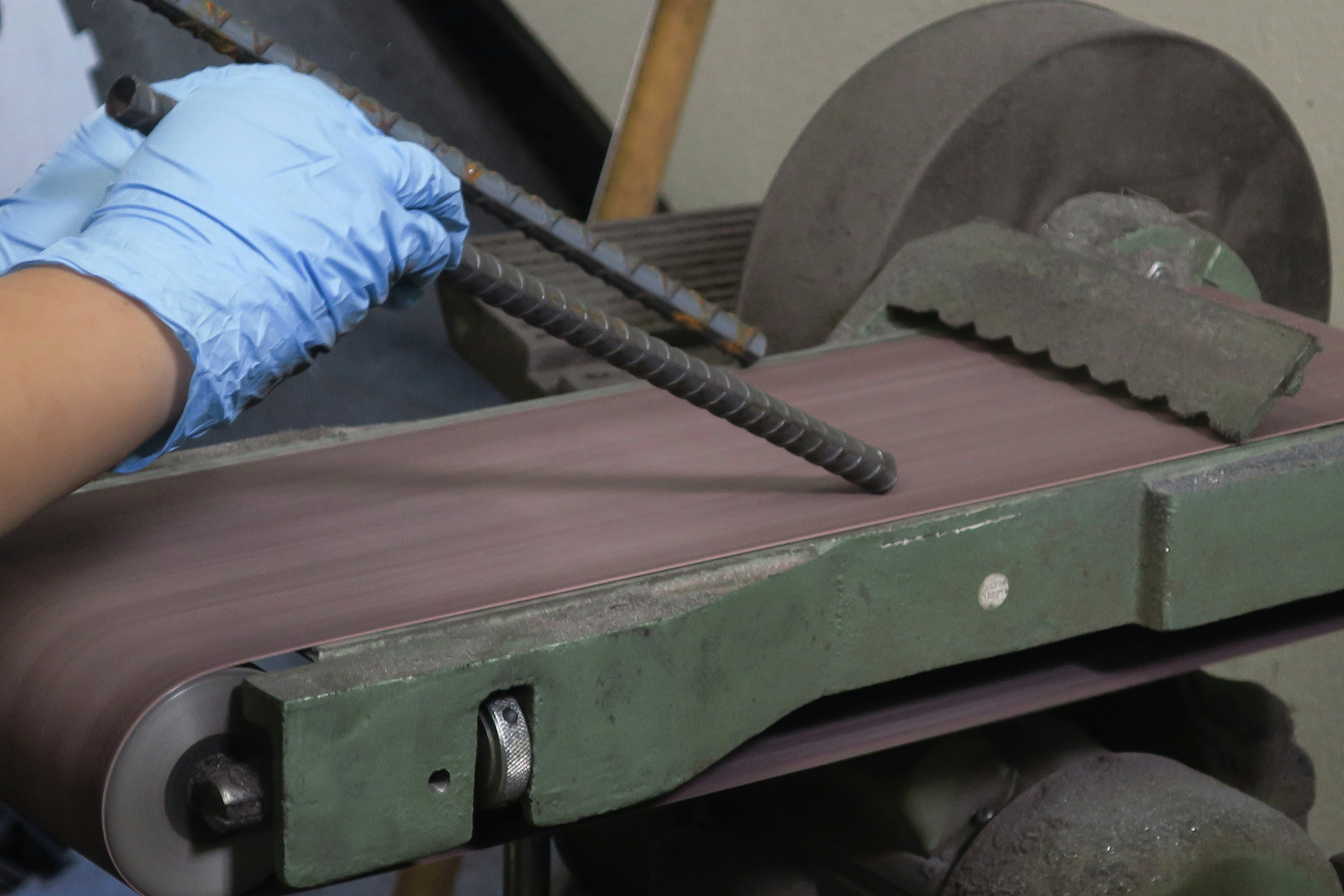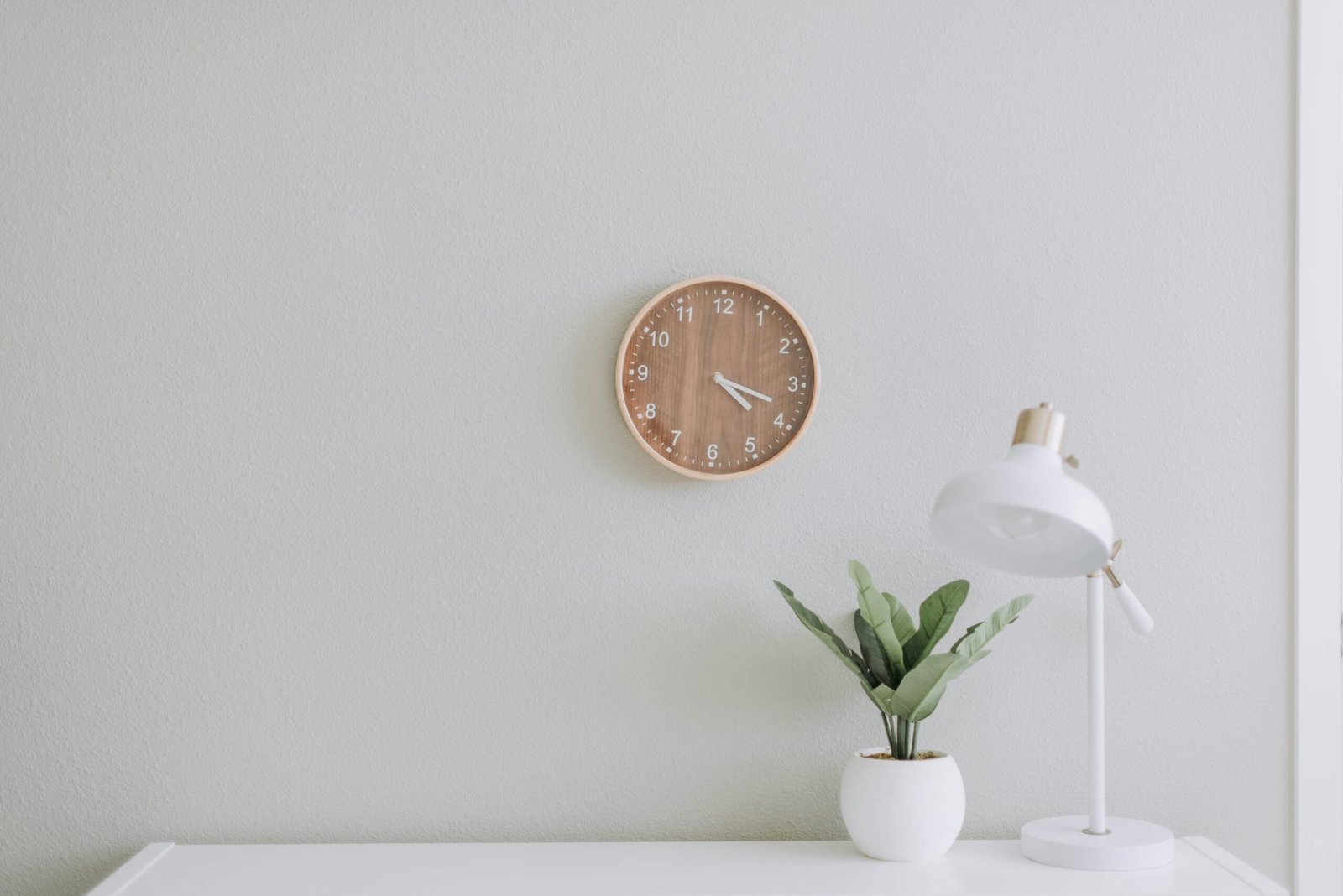The Rise of the DIY Renovation Movement
In recent years, there has been a notable surge in the DIY renovation movement, transforming the way homeowners approach home improvements. This trend can be largely attributed to the advent of social media platforms and an overwhelming number of home improvement shows that inspire individuals to take charge of their living spaces. Platforms like Instagram and Pinterest have become invaluable resources, allowing users to not only showcase their projects but also discover a plethora of ideas and practical tips.
For many, the motivation to embark on a DIY renovation begins with simple tasks, such as painting a room or installing new fixtures. However, as homeowners delve into these projects, they often uncover a latent interest in interior design. This journey is made easier by the accessibility of tools and materials, which are frequently available online or at local home improvement stores. Tutorials and guides found on various websites empower individuals, regardless of their prior experience, to tackle projects that once seemed daunting.
Personal anecdotes illustrate the transformative nature of this movement. For instance, one homeowner discovered a knack for furniture restoration after simply intending to update a single piece. This initial task ignited a passion for design, leading her to undertake an extensive kitchen renovation. Similarly, another individual started by retiling a bathroom but found joy in the creative process, culminating in a completely redesigned living space that reflected his unique style.
The DIY renovation movement is more than just a trend; it’s a cultural shift towards empowerment and creativity in home design. By stepping into the role of accidental interior designers, homeowners redefine their spaces while enjoying the satisfaction of personal accomplishment. The journey, which begins with simple renovations, often evolves into a deeper exploration of one’s aesthetic preferences and creative abilities.
Transformative Success Stories
Home renovation projects can yield remarkable results, and several homeowners have embarked on transformative journeys that showcase their unintentional prowess as interior designers. These success stories not only highlight aesthetic improvements but also reflect the creativity and resourcefulness that often accompany DIY renovations.
One compelling case is that of the Johnson family, who undertook a kitchen remodel that evolved into a stunning open-concept space. Initially, they opted for a simple change: painting cabinets and updating fixtures. However, they soon discovered the potential for a more expansive layout. By removing a non-load-bearing wall, they created a seamless flow between their kitchen and dining area. The before-and-after photos vividly illustrate the stark contrast between the closed-off space and the airy, modern environment that now serves as the heart of their home. The family reported a newfound joy in cooking and entertaining, attributing the enhanced functionality to their innovative design choices.
Another inspiring story comes from the Martinez couple, who transformed a drab basement into a cozy family room. They faced initial challenges, such as dealing with moisture issues and outdated decor. Through research and experimentation, they utilized waterproofing techniques, along with contemporary furnishings and soft lighting, resulting in a warm and inviting area. Interviews with the couple reveal their motivations: creating a space for family gatherings and movie nights. Their journey exemplified how learning from each obstacle ultimately resulted in a highly personalized haven.
These stories underscore that successful renovations often blend individual vision with practical solutions, enabling homeowners to redefine their living spaces. Homeowners embarking on their DIY endeavors will find encouragement in these narratives, illustrating that with creativity, dedication, and a willingness to experiment, one can achieve astonishing transformations.
Key Takeaways from Accidental Designers
Many homeowners who have found themselves in the role of accidental interior designers through their renovation experiences have drawn several essential lessons. These insights not only encapsulate their journeys but also serve as practical advice for others contemplating similar projects. One of the foremost lessons emphasizes the importance of thorough planning and budgeting. Successful renovations demand careful consideration of financial constraints and a well-thought-out strategy. Homeowners should establish a clear budget that encompasses not only materials and labor but also contingencies for unexpected expenses. This foresight helps prevent financial stress and ensures the project remains manageable.
Moreover, research is a vital component of becoming a successful interior designer, even by accident. Homeowners should take the time to educate themselves about design principles, colors, textures, and dimensions. Familiarity with current design trends, as well as classic styles, can empower homeowners to make informed decisions that elevate their spaces. Engaging with design literature, online resources, and community workshops can facilitate this learning process, ultimately refining their aesthetic sense and decision-making skills.
Another critical takeaway is recognizing the right time to seek professional assistance. While many homeowners are capable of tackling various aspects of a renovation, certain tasks may require specialized skills or knowledge. Understanding when to enlist the help of experienced interior designers or contractors can lead to better outcomes and save time. Professional insights can enhance the design process, ensuring that homeowners not only achieve their desired look but also maintain the functionality and longevity of their spaces.
In conclusion, the journey of becoming an accidental interior designer offers several valuable lessons that can inspire others to embark on their renovation projects with confidence. By adopting a strategic approach to planning, engaging in self-education about design, and knowing when to ask for help, homeowners can transform their spaces effectively and creatively.
Embracing the Future of Home Design
As homeowners increasingly take on the role of interior designers through renovations, the long-term implications of this trend are becoming evident in the housing market. An important element of this transformation is the growing emphasis on personalized spaces that reflect individual tastes and lifestyles. Buyers are now showing a marked preference for homes that encapsulate unique design choices rather than generic layouts. This shift highlights a broader movement towards individuality in home aesthetics, pushing the real estate market to adapt and accommodate these emerging desires.
Furthermore, the relationship between mental health and personalized living spaces cannot be overlooked. Numerous studies suggest that environments reflective of personal identity contribute positively to well-being. When homeowners invest time and resources in customizing their spaces—be it through color choices, furnishings, or layout variations—they foster a sense of ownership and belonging. This personal expression not only nurtures emotional security but also elevates the overall enjoyment of one’s living environment. Consequently, the role of interior design evolves from mere functionality to a significant contributor to mental health and emotional resilience.
Looking ahead, it is reasonable to anticipate that this trend will continue to increase as more homeowners recognize renovations as an opportunity for personal expression. The housing market may see a rise in demand for workshops and educational resources aimed at empowering individuals to embrace their creative instincts in home design. With the integration of technology, like virtual design tools and accessible DIY resources, homeowners are expected to push the boundaries of conventional design even further. Undoubtedly, the future of home design lies in a deeper understanding of how tailored spaces can enrich lives, cementing the significance of personalized design choices in the modern era.
If you’re interested in purchasing the item you seek, please click the link for additional details: #americanachoice.
https://amzn.to/3SBN3Oy
AFFILIATE DISCLOSURE: I am an affiliate for this company, I am not a paid employee.
I may receive a commission if you click a link on this page and choose to purchase something.
You can rest assured I will only share things I believe in and will be valuable to you.



